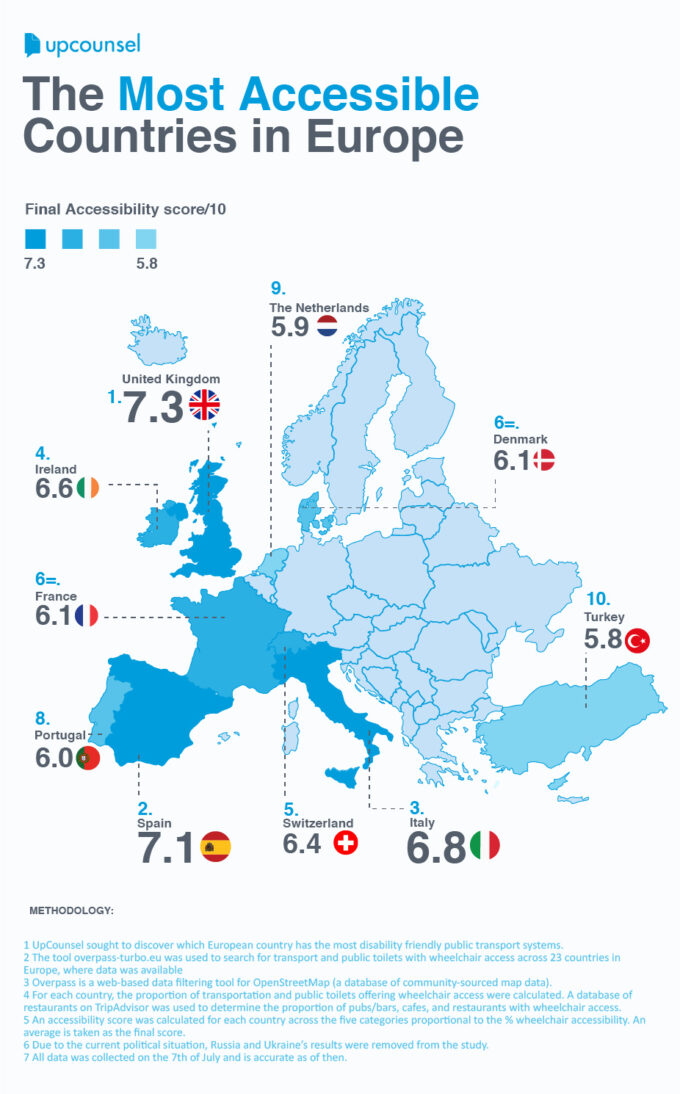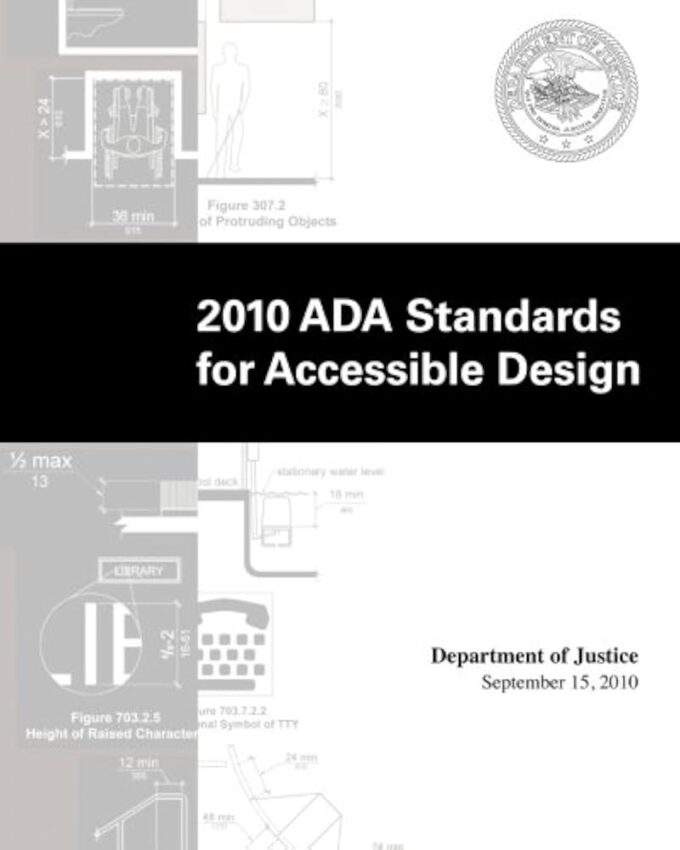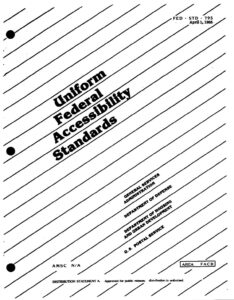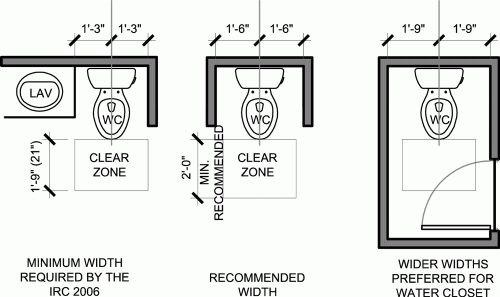How U.S. Accessibility Requirements Compare to Global Standards in Europe and Asia
Accessibility in building design plays a critical role in creating inclusive spaces. In the United States, the Americans with Disabilities Act (ADA) serves as the main legal foundation for accessibility. However, other countries also have standards—some similar and others very different.
Let’s compare how the U.S. approach to accessibility aligns with countries in Europe and Asia. Understanding global perspectives helps architects and developers build better environments for everyone.
Accessibility in the United States
The ADA, enacted in 1990, remains the cornerstone of accessibility in the U.S. The law prohibits discrimination against people with disabilities in public places and facilities. The ADA Standards for Accessible Design include detailed requirements for ramps, doors, signage, bathrooms, and other building features.
Local building codes, such as the International Building Code (IBC) and ANSI A117.1, often adopt or supplement ADA requirements. These combined standards create a robust but complex compliance framework. Violating accessibility laws can result in fines, lawsuits, or delayed occupancy.
Learn more: ADA Standards for Accessible Design
Accessibility in the European Union
Europe has a more fragmented approach to accessibility. Each country sets its own laws and codes, but many align with principles found in the United Nations Convention on the Rights of Persons with Disabilities (UNCRPD).
The United Kingdom, for example, uses Part M of the Building Regulations, which outlines accessibility features for dwellings and public buildings. In Germany, the DIN 18040 standard focuses on barrier-free construction. Sweden and Norway also have strong national accessibility requirements.
The European Accessibility Act, adopted in 2019, aims to harmonize product and service accessibility across the EU. However, it does not directly regulate building construction. Instead, local codes continue to drive building accessibility.
Learn more: European Disability Strategy 2021–2030

Accessibility in Asia
Asia presents a wide range of accessibility standards. Some countries, like Japan and Singapore, have highly developed systems. Others are still developing policies and enforcement frameworks.
In Japan, the Barrier-Free Law requires new public buildings to meet accessibility criteria. Public transportation systems also follow universal design principles. Japan’s aging population has pushed innovation in accessible technology and infrastructure.
Singapore enforces accessibility through its Code on Accessibility in the Built Environment. The Building and Construction Authority (BCA) maintains strict regulations for ramps, elevators, and tactile indicators.
However, in many parts of India, Indonesia, and China, accessibility enforcement remains inconsistent. Some cities offer accessible infrastructure, but rural and older urban areas still lack compliance.
Learn more:
Key Differences Between the U.S., Europe, and Asia
-
Standardization: The U.S. uses a single federal standard. Europe uses national codes with EU guidance. Asia is more variable.
-
Legal Enforcement: The U.S. and Singapore have strong legal penalties. Some Asian countries have weaker enforcement mechanisms.
-
Design Philosophy: Europe emphasizes “inclusive design.” The U.S. focuses on compliance. Japan emphasizes “universal design” for all users.
-
Scope: U.S. accessibility focuses on public accommodation. Some countries emphasize transport, housing, or workplace access more heavily.
How EVstudio Designs with Global Accessibility in Mind
At EVstudio, we understand that global developers often work across markets. We incorporate both ADA and international accessibility standards when needed. We also recommend third-party accessibility consultants for international and federally funded projects.
Designing for accessibility goes beyond code—it’s about empathy, safety, and usability for all people.
Conclusion
Accessibility standards vary widely around the world. While the U.S. leads in enforcement and clarity, Europe and Asia continue to innovate in universal design. Staying informed about international codes ensures inclusive, future-ready design practices.










